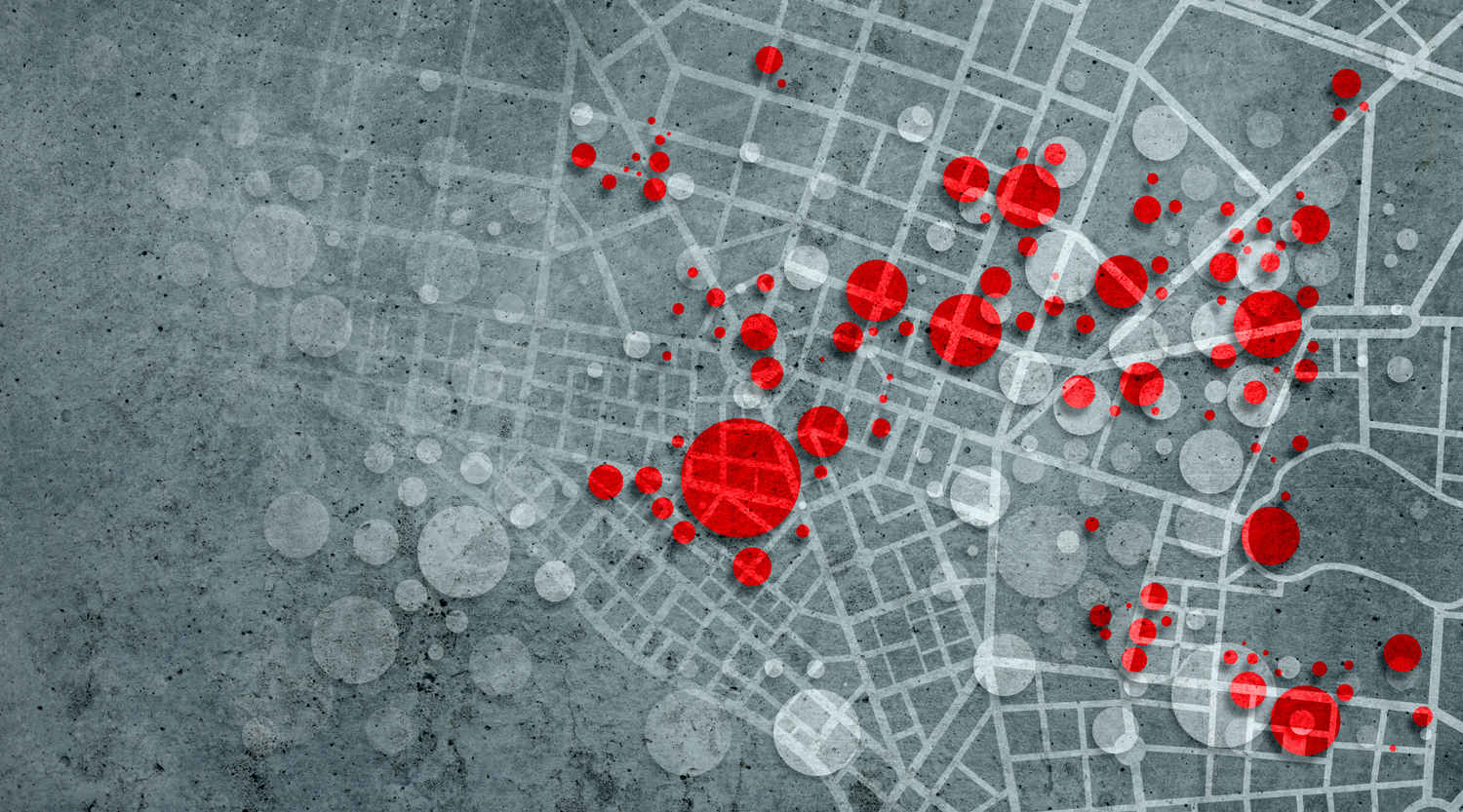Chronic disease prevention.
Tobacco control.
Air and water quality.
Maternal and child health.
Mental health.
Racial health equity.
Mitigation of COVID-19, flu, monkeypox, and other communicable diseases.
These factors — and more — are key to keeping New Yorkers healthy. It’s a massive undertaking to monitor and address all these areas and doing so is the responsibility of our State and local health departments. New York State’s Prevention Agenda serves as a blueprint for action to improve New Yorkers’ health; it lays out a comprehensive set of goals and tracks progress (or lack thereof) over time.
Earlier this month, Politico reported that State Health Commissioner Mary Bassett had updated the New York State Public Health and Health Planning Council about the Prevention Agenda. According to the article, Dr. Bassett said, “I spent some time on all of these issues just to remind all of us of the scope of work of the Health Department. We are very much committed to the whole health of the population, which extends beyond the control of microbes to include the environment, non-communicable and chronic diseases.”
When I reviewed the report, I saw progress in some areas while other indicators are moving in the wrong direction. But what struck me most is how outdated much of the information is: many of the data points were years old and pre-pandemic. For example, New York saw gains in pediatric asthma management, but they’re only tracked through 2019. How did the pandemic affect those numbers? If they got worse during 2020, have they bounced back now that COVID isn’t placing as much strain on our health care system?
Similarly, we have data through 2020 about children who’ve completed their early childhood vaccination series. After improvement between 2018 and 2019, we see a small dip in 2020. That makes intuitive sense; it’s been widely reported that many people delayed preventive services like routine vaccinations in 2020 owing to the pandemic. Have those rates stabilized, or have they continued their decline given growing vaccine hesitancy in the wake of rampant misinformation about COVID-19 vaccines?
Surveillance and data are the foundation of public health practice. Our dedicated public health officials will struggle to adapt nimbly and with confidence if they can’t be sure whether things are going in the right or wrong direction. How can they make informed decisions about priorities and resource allocations when we can’t track data in closer to real-time? I’ve written before about how woefully under-resourced public health departments are and the price we’ve paid for that disinvestment. A lack of timely data further hamstrings their ability to direct limited resources in the most effective ways.
Every researcher and policy professional knows that data lags are a fact of life. It’s not realistic to expect that we can have real-time data for every measure that matters. But the pandemic showed that it is possible to generate and share reasonably high-quality, actionable, and current data when we really need it. A few examples:
- COVID-19 data dashboards: Particularly in the early days of the pandemic, tracking COVID case counts, hospitalizations, and deaths on a near real-time basis at the county and community levels was critical for estimating risk, making policy, and targeting limited resources. Publicly available, user-friendly dashboards — like this one from The New York Times — are especially helpful for communicable diseases, where individuals can play a role in protecting themselves and keeping others safe.
- U.S. Census Bureau Household Surveys: Beginning in April 2020, the Pulse survey began asking people about pandemic-related challenges such as food scarcity, employment, delayed medical care, mental health, and so on. Questions were added and dropped as the landscape changed. Over time, the survey began asking about vaccination status and it has recently added a question about long COVID symptoms. The survey provides real-time, non-clinical data that can be easily viewed using an online interactive tool. Best of all, the data are very current; data are now available through October 17, 2022 — just two weeks ago.
- Wastewater analysis: Wastewater surveillance has been invaluable to public health officials over the last few years, allowing them to detect everything from COVID-19 (which can show up in wastewater several days before it appears in positive tests or hospitalization) to opioids to polio. New York State has a dashboard showing where COVID-19 has been detected in wastewater across the State, and it’s updated weekly. With the reemergence of polio in New York (I still can’t believe I’m typing that sentence in 2022), officials are working to improve wastewater surveillance for it, and counties are exploring using it to detect flu, Hepatitis, and opioids.
The COVID-19 pandemic underscored both the necessity and the possibilities for more current public health data. The Centers for Disease Control and Prevention has launched a Data Modernization Initiative designed to create a world in which “data moves faster than disease.” So-called “syndromic surveillance” systems move faster than traditional methods; they capture real-time health data and scan for anomalies suggesting outbreaks before diagnoses are made. If redesigned for purposes other than outbreak detection, they could be another powerful tool. The New York City Department of Health and Mental Hygiene has used “nowcasting,” a technique that originated in meteorology and relies on statistical modeling, to monitor COVID-19 in closer to real-time and make decisions. This innovative approach could also have applications beyond predicting outbreaks.
Relying on old data to confront today’s challenges means we have one hand tied behind our back when responding to public health challenges. Investing in data infrastructure is not the sexiest thing to do, but it could make a real difference. Accelerating the availability of timely and reliable data will empower us to better respond to immediate crises and to improve a wide range of chronic health issues.
By David Sandman, President and CEO, New York Health Foundation
Published in Medium on October 31, 2022


